Environmental Chemical Engineers are instrumental in designing and implementing chemical processes that safeguard the environment while enabling industrial growth. They apply principles of catalysis and reaction engineering to develop cleaner technologies that control pollution, reduce emissions, and convert waste into valuable resources. Their expertise spans water and air purification systems, hazardous waste management, and sustainable energy solutions. They utilize advanced catalysts to enhance reaction efficiency while minimizing energy consumption and environmental impact. These engineers contribute to the development of catalytic converters for emission control, photocatalytic materials for air and water purification, and systems for carbon capture, utilization, and storage (CCUS). Their work also supports the creation of green chemical processes that minimize the use of toxic reagents and generate fewer byproducts. Environmental chemical engineers are central to circular economy efforts, enabling the reuse of industrial byproducts and transforming waste into biofuels, fertilizers, or specialty chemicals. They ensure compliance with environmental regulations while fostering innovation in sustainable manufacturing. As the global demand for eco-conscious solutions rises, their role becomes increasingly critical in addressing climate change, conserving natural resources, and promoting public health. Through research, innovation, and practical application, environmental chemical engineers are building the foundation for a cleaner and more sustainable future.
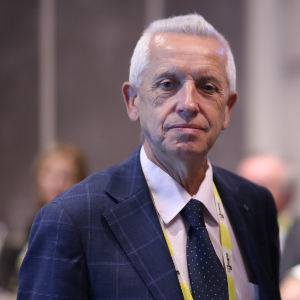
Stanislaw Dzwigaj
Sorbonne University, France
Dai Yeun Jeong
Asia Climate Change Education Center, Korea, Republic of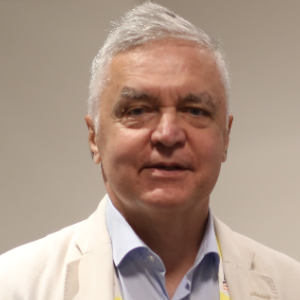
Sergey Suchkov
N.D. Zelinskii Institute for Organic Chemistry of the Russian Academy of Sciences, Russian Federation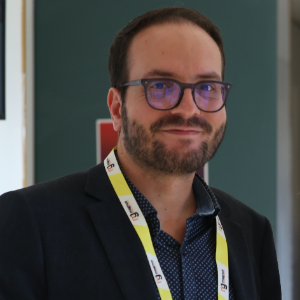
Enrico Paris
CREA-IT & DIAEE, Italy
Rabeharitsara Andry Tahina
GPCI-ESPA Antananarivo University, Madagascar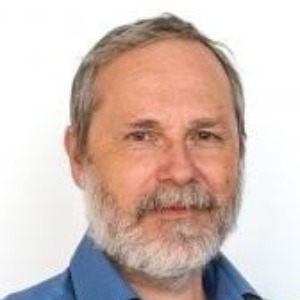
Jiri Dedecek
J Heyrovsky Institute of Physical Chemistry , Czech Republic
Uday Som
Research and Development Engineer, Japan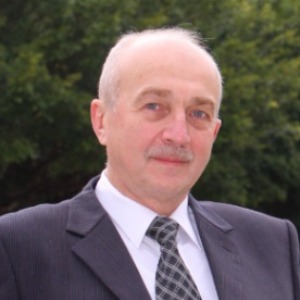
Vladimir G Chigrinov
Hong Kong University of Science and Technology, Russian Federation



Title : Distant binuclear vanadium V(II) cationic sites in zeolites and their reactivity
Jiri Dedecek, J Heyrovsky Institute of Physical Chemistry , Czech Republic
Title : Advanced nanostructures for carbon neutrality and sustainable H₂ energy
Tokeer Ahmad, Jamia Millia Islamia, India
Title : Personalized and Precision Medicine (PPM) as a unique healthcare model via bi-odesign, bio- and chemical engineering, translational applications, and upgraded business modeling to secure the human healthcare and biosafety
Sergey Suchkov, N.D. Zelinskii Institute for Organic Chemistry of the Russian Academy of Sciences, Russian Federation
Title : Antibody-proteases as a generation of unique biomarkers, biocatalysts, potential targets and translational tools towards nanodesign-driven biochemical engineering and precision medical practice
Sergey Suchkov, N.D. Zelinskii Institute for Organic Chemistry of the Russian Academy of Sciences, Russian Federation
Title : Dimethyl ether synthesis from syngas over Cu-Zn/Al2O3 catalysts prepared using the Sol-Gel method
Uday Som, Research and Development Engineer, Japan
Title : Influence of various catalysts on H₂ enhancement and CO2 capture during syngas upgrading
Enrico Paris, CREA-IT & DIAEE, Italy
Title : Photoaligned azodye nanolayers : New nanotechnology for liquid crystal devices
Vladimir G Chigrinov, Hong Kong University of Science and Technology, Russian Federation
Title : Application of vanadium, tantalum and chromium single-site zeolite catalysts in catalysis
Stanislaw Dzwigaj, Sorbonne University, France
Title : Advances in heterogeneous catalysis for green conversion of propene to aldehydes and alcohols
Ram Sambhar Shukla, CSIR-Central Salt and Marine Chemicals Research Institute (CSMCRI), India
Title : Oxidation of methane to methanol over pairs of transition metal ions stabilized in the zeolite matrices
Jiri Dedecek, J Heyrovsky Institute of Physical Chemistry , Czech Republic